In the Ob Tube
My first experience with Antarctica sea life was in the ObservatoryA location used for observing terrestrial and/or celestial events. Tube or Ob Tube. The Ob Tube is a big, metal tube that was placed into a dive hole, allowing people to climb down and see under the sea ice. I was able to go into the Ob Tube the day before it was taken out because the sea ice was getting too weak.
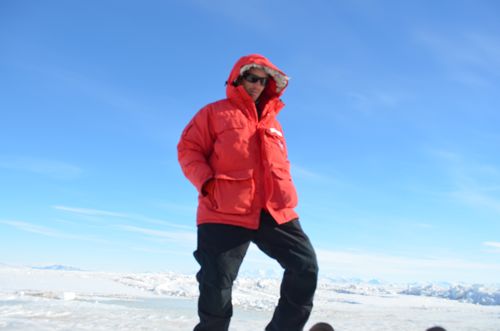
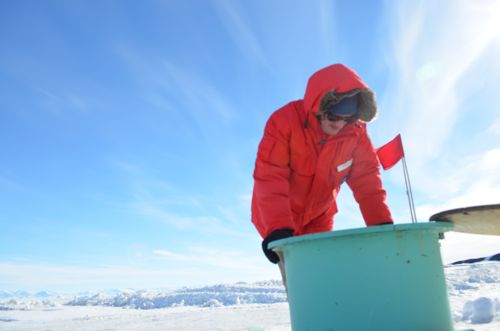
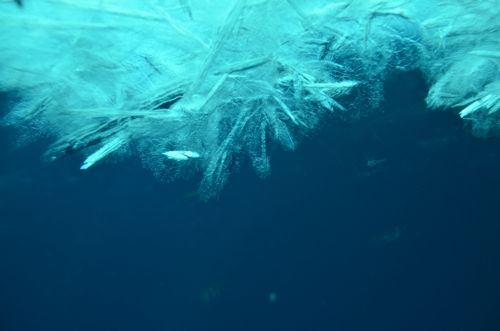
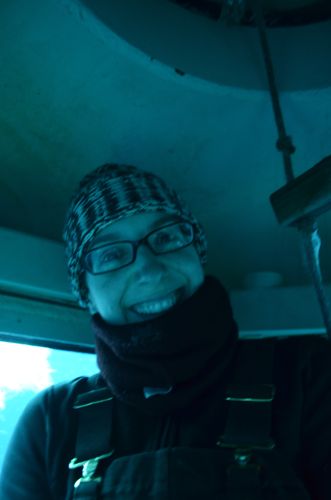
Pteropods with PTerry
There is enough room for two people to go down in the Ob Tube at a time. Terry, who knows a lot more about benthic ecology than I do, went down with me. I felt lucky to have an expert with me. There was a sense of calm under the ice. At first I thought the sea was empty, but upon closer inspection, there were hundreds of pteropods.
http://
The amazing world of pteropods
The word "pteropod" comes from the Greek words ptero, which means wing and pod which means foot. This is appropriate because the pteropods I saw in the sea ice had two appendages that looked and acted like wings! Pteropod is a general term for sea snails and sea slugs that swim in the open water. The organisms that I saw under the sea are called Sea Angels. Their scientific name is Clione antarctica (or C. antarctica for short).
Clione antarctica
At first, C. antarctica were thought to be just like another similar looking pteropod, called Clione limacina, which lives in the Arctic. Like their northern counterparts, C. antarctica are shell-less, free-swimming mollusks. They can store a large amount of energy and can survive on this energy storage for up to six months without eating more food. They typically eat other pteropods. Both the Arctic and Antarctic pteropods are larger than those found in warmer waters.
A fascinating discovery
Scientists discovered something very interesting about the C. antarctica. They can produce a chemical that keeps fish from eating them! The chemical is called pteroenone. An even more interesting twist to this discovery is that one smart marine organism has taken advantage of C. antarctica's ability to do this. Hypereilla dilitata, an Antarctic amphipod, will take the chemical-producing pteropods and place them on their backs. This keeps the Antarctic fish from eating them! Scientists tested this by comparing amphipods that had pteropods on their backs with those that didn't. The amphipods with pteropods were not eaten by fish, while those without pteropods or those whose pteropods fell off their backs were eaten by fish.
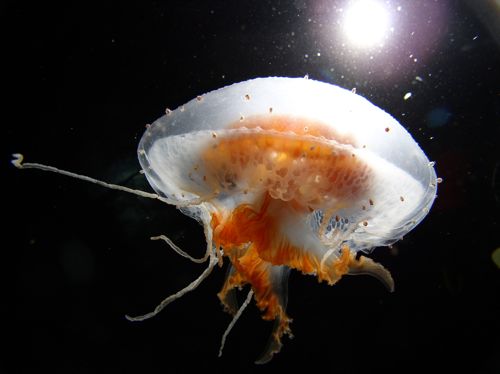
Amphipods are small, crustacean-like organisms that have differently shaped feet (amphi means different, and pod means foot). The sea cockroaches that Steve Rupp brought up in past dives found in November 21st's journal are examples of amphipods. The jellyfish in the picture above (Dipulmaris antarctica) provide Hypereilla dilitata with protection and a place to mate. It seems like this amphipod knows how to survive!
How many pteropods are there?
It struck me just how many pteropods there were floating around the Ob tube. It is estimated that up to 300 pteropods (specifically, C. antarctica) can be in one cubic meter. Perhaps it is the pteropod's ability to create pteroenone that allows them to be so abundant.
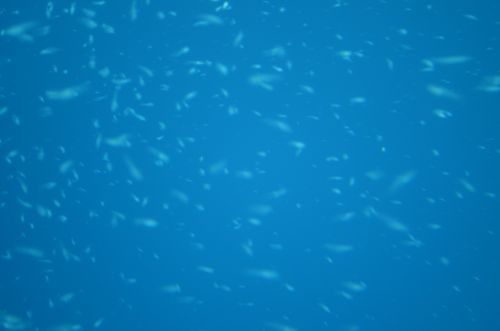
The strange and clever adaptations of the marine organisms in Antarctica has allowed organisms to flourish at the bottom of an often ice-covered ocean. One person who understands this really well is Michael League, a PolarTREC teacher who was able to dive under the ice and see all kinds of marine life. Read his journals here to find out more about adaptations of Antarctic sea life.
Adaptations of a different sort
On December 2nd I will be watching a lecture virtually about how our eyesight has evolved from primates to become the best of any mammal. Join me in watching the lecture from your computer! Go to http://www.esi.utexas.edu/k-12-a-the-community/hot-science-cool-talks to find out more.
Questions
Read through some of Michael League's journals about organisms in Antarctica. What organism had the most unique adaptation? What was it?
If you had to count all the pteropods in the space around the Ob Tube, how would you do it? What method do you think scientists use to count a large population of moving things?
Math Connection
If there are 300 pteropods in one cubic meter, and they are evenly spread out, how many pteropods are there in half of that space? How many pteropods are there in one tenth of that space?
Cool Careers in Antarctica
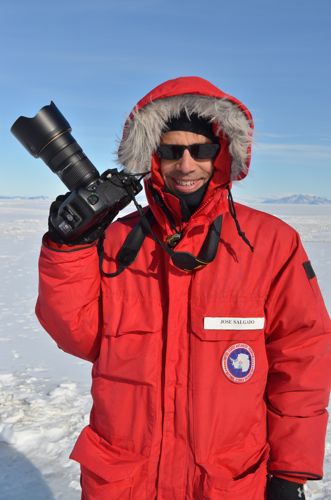
Meet Jose Francisco Salgado. I had the pleasure of meeting him while we were both waiting to go into the Ob Tube. Jose is an astronomer, but also an artist. He is in Antarctica and will travel to a telescope at the South Pole. He is hoping to discover more about distant galaxies to better understand dark energy. He will be taking videos and pictures of his work to create art that will engage people to better understand science.

Comments